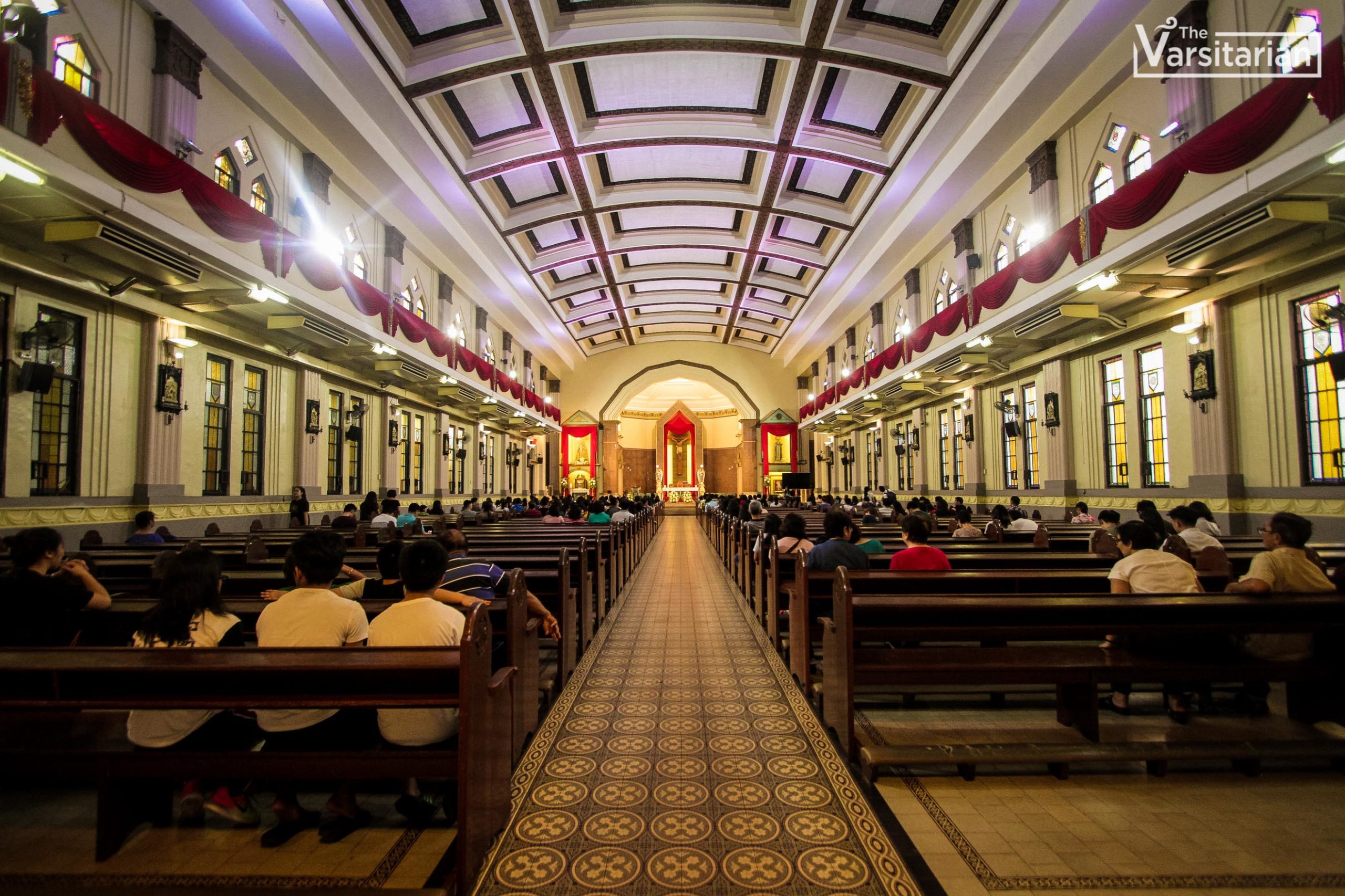24 February 2014, 12:13 a.m. – THE FACULTY union on Saturday hit the University administration for seeking to diminish benefits for teachers, revealing that management even went as far asking union negotiators to agree to give up the right to strike.
Airing its side on collective bargaining negotiations that had ended in deadlock on Valentine’s Day, the UST Faculty Union (USTFU) also criticized the administration for delayed and incomplete financial statements, which, it said, left the union panel “helpless and clueless” and unable to verify the the amounts collected from yearly tuition hikes, 70 percent of which, by law, must go to faculty salaries.
“We believe that after this stand-off, our Union will emerge stronger and more united in the promotion and protection of our moral, social, and economic well-being; though ‘endless’ our wants may be, boundless is our Lord’s unending grace,” USTFU President George Lim said in a six-page letter titled “Our Teachers Deserve Better,” addressed to all faculty members.
The letter, dated Feb. 22, came five days after the head of the management panel, Vice Rector for Academic Affairs Clarita Carillo, wrote University officials to explain why negotiations for a new five-year collective bargaining agreement, providing for salary increases and other terms of employment, fell through.
Lim defended USTFU’s proposal for two successive three-unit reductions in teaching loads without pay cuts that Carillo had claimed would jack up tuition. He said this was a “win-win” solution ahead of the expected reduction in teaching loads due to the K to 12 scheme, aside from encouraging teachers to do research.
“Management’s contention that the cost of this reduction would lead to an unconscionable increase in tuition fee (sic) is likewise untenable. We believe that there are other larger sources of funding for this, without having to burden our students,” he said, citing that the University had earned a net income after tax of P772 million in 2010-2011, P1 billion in 2011-2012, and P987 million in 2012-2013.
In his letter, Lim also bared USTFU’s final proposals to the University panel last Feb. 6, which he said was the “last-ditch effort” of the union to resolve disagreements. Lim said the union had expected a substantial offer from the administration given a number of changes the latter wanted. He pointed out that management proposals, such as removing the conversion of sick leaves into cash for terminated employees and limiting the 15-minute grace period to 7 a.m. and 8 a.m. classes, were tantamount to dimimution of benefits, which is prohibited by labor law.
USTFU, Lim said, sought the full implementation of one year of service per one year of paid leave, as per the 2006-2011 CBA, which, he said, the administration was already circumventing by asking faculty members to render four years of return service.
Moreover, the union demanded 120-percent pay for retiring faculty members or one rank higher upon retirement; immediate credential review for faculty members who had obtained doctorate degrees and were able to publish in local or international journals without waiting for the next promotion year; retention of the 12.5-percent weight for research and creative works; and full credit for authors of research publications regardless of number of authors; among others. USTFU also wanted to maintain pay rates for faculty members who will be assigned to teach Grades 11 and 12 as a result of the K to 12 scheme.
Instead, management offered to grant a sending-off gift on top of the retirement pay for retirees, include the incentive pay in the retirement pay, and study the proposal for a three-unit reduction in teaching load.
“Unfortunately, your panel found the additional offer wanting and called for a deadlock. The rest is history,” Lim’s letter read.
Lim’s letter also bared that the management had proposed to include a “no strike-no lockout” provision, which the union panel found “unacceptable.”
“The right to strike is enshrined in the Constitution and the social teachings of the Church. Your Union would never give this up,” he said.
Under the Labor Code, a collective bargaining deadlock is a ground for a labor union to exercise the right to strike, and for management to declare a lockout. Both parties can still go through conciliation and mediation after the filing of a notice of strike by the union with the National Conciliation and Mediation Board or a notice of lockout by management with the Department of Labor and Employment.
The union can go on strike if the deadlock remains unresolved after a 30-day cooling off period. A seven-day strike ban must be observed after a mandatory strike vote in which majority of union members must approve. Gena Myrtle P. Terre













